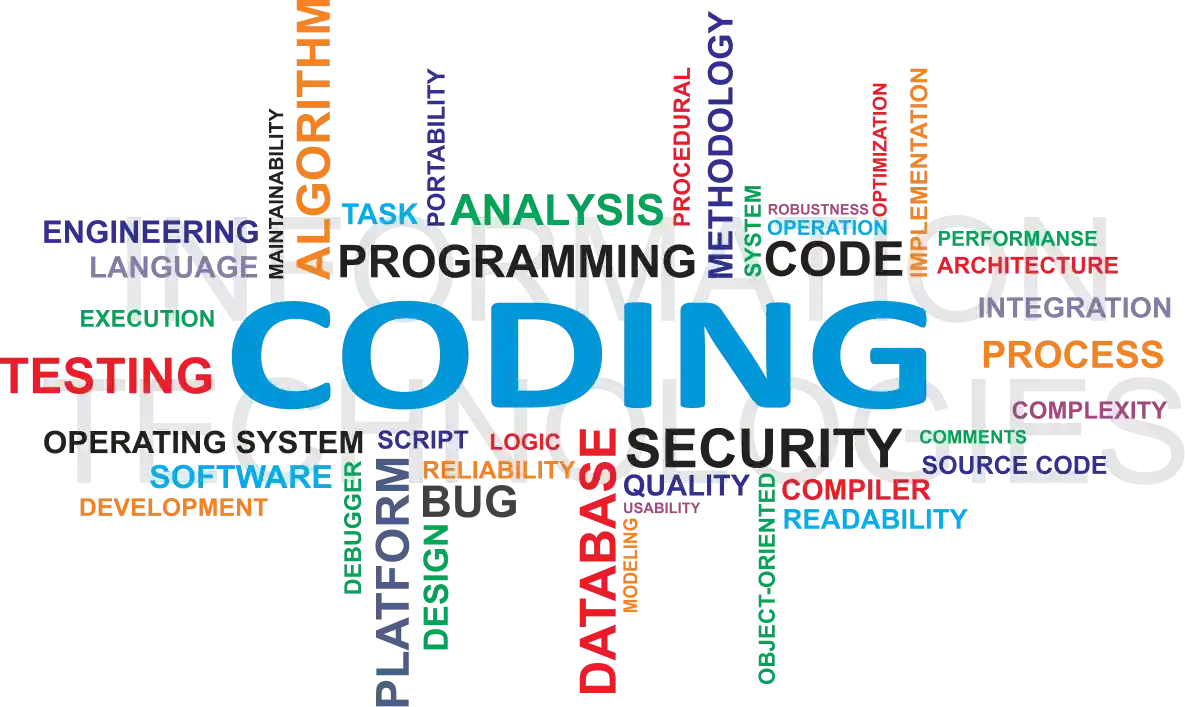Digittrix Coding guidelines are essential principles that help software developers write clear, maintainable, and efficient code. These guidelines are not just a set of rules; they serve as a foundation for building software , website or mobile apps that are easy to read, understand, and modify over time.
Get Started with Our Guidelines >
One of the primary goals of coding guidelines is to promote readability. Readable code is easy for developers to understand and maintain. Here are some key factors that contribute to code readability:
We Choose descriptive names for variables, functions, and classes is crucial. Names should convey the purpose of the item without being overly long or complex. For instance, instead of naming a variable x, consider a name like discountPercentage that clearly indicates its purpose.
Consistent formatting enhances readability. This includes proper indentation, spacing, and the use of line breaks. For example, using spaces around operators and after commas makes the code easier to scan. We at Digittrix adopt style guides that specify formatting rules to maintain uniformity across the codebase.
Organizing code logically helps others navigate it more easily. Group related functions and classes together, and maintain a clear structure within files. Following a consistent order, such as placing constants at the top, followed by functions and classes, can improve code flow.
Consistency is key in coding guidelines. It ensures that code behaves predictably, making it easier to work with. Here are some areas where consistency matters:
Many programming languages have established style guides that outline conventions for naming, formatting, and structuring code. For instance, JavaScript has the AirBnB Style Guide, while Python developers often refer to PEP 8. Adhering to these guidelines fosters uniformity and simplifies collaboration.
When working in teams, using version control systems (VCS) like Git is vital. Establish guidelines for committing code, writing commit messages, and branching strategies. Clear commit messages that explain the changes made help others understand the history of the project.
Implementing a code review process encourages consistency. Having peers review code before merging it into the main branch can catch inconsistencies and potential issues early on. This practice not only improves code quality but also fosters knowledge sharing among team members.
Maintainable code can be easily modified and updated without causing issues. Here are some guidelines to help ensure your code is maintainable:
Breaking down code into smaller, modular components makes it easier to understand and modify. Each module should have a single responsibility, allowing developers to change one part of the code without affecting others. This approach not only promotes reusability but also simplifies testing.
Code duplication can lead to problems when changes are needed. When similar code appears in multiple places, any updates require changes in several locations, increasing the risk of errors. Aim to reuse code by creating functions or classes that can be called from various places in the codebase.
Writing clear comments and maintaining documentation is essential for maintainability. Comments should explain the purpose of complex code sections, while documentation should provide an overview of the project, including its structure, dependencies, and how to set it up. Well-documented code allows new developers to understand the project quickly and reduces the time needed to onboard team members.
Documentation is a crucial aspect of coding guidelines. It serves as a reference for developers, ensuring they understand how to use the codebase. Here are some key points to consider:
Provide an overview of the project, including its purpose, features, and architecture. This information helps new developers understand the project's goals and how it fits into the larger context.
Include clear instructions on how to set up the project. This may involve listing dependencies, providing configuration details, and explaining how to run tests. A straightforward setup process encourages participation from new developers.
Including code examples in the documentation can clarify how to use functions, classes, or APIs. Examples help developers understand how to implement specific features without needing to dig deep into the code.
Version control is a fundamental part of modern software development. Here are some best practices to follow:
Commit messages should describe the changes made in a clear and concise manner. For instance, instead of a vague message like "fixed bugs," use something more specific like "fix null pointer exception in user authentication."
Frequent commits help capture progress and make it easier to track changes. However, avoid committing every minor change; instead, focus on logical units of work.
When working on new features or fixes, create separate branches for each task. This keeps the main branch stable and allows for easier integration when the feature is ready.
Testing is a critical component of software development. Here are some guidelines to enhance your testing practices:
Unit tests verify that individual components of the code work as intended. Writing tests alongside your code helps catch issues early and ensures that new changes don’t break existing functionality.
Where possible, automate your testing processes. Automated tests can save time and reduce human error during testing, allowing developers to focus on other important tasks.
Code reviews not only help catch potential issues but also provide opportunities for learning and knowledge sharing among team members. Constructive feedback during reviews can improve coding skills and ensure adherence to guidelines.
Coding guidelines are essential for fostering a productive and efficient development environment. They promote readability, consistency, and maintainability, ultimately resulting in higher-quality software. By following the guidelines discussed in this article, developers can enhance their coding practices, making it easier to collaborate, maintain codebases, and onboard new team members.
Implementing clear naming conventions, maintaining consistent formatting, organizing code logically, and documenting effectively are all critical steps in writing better code. Adhering to language-specific guidelines and practicing good version control will further support a successful development process.
In summary, coding guidelines are not merely rules to follow; they are practices that help developers create software that is not only functional but also easy to understand and maintain. As you embark on your coding journey, remember that the goal is not just to write code that works, but to write code that can be easily read, modified, and built upon by others. Embrace these guidelines, and you’ll find that your coding skills improve over time, leading to more successful projects and a more rewarding development experience.

©2025Digittrix Infotech Private Limited , All rights reserved.